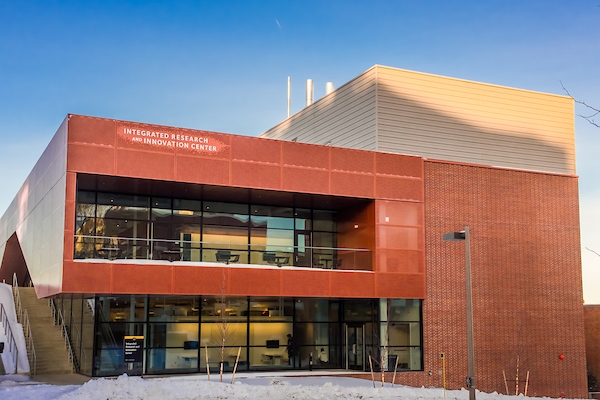Collaborative Research: A Mathematical Theory of Transmissible Vaccines
Project Team: Scott Nuismer (PI), Chris Remien (Co-PI), James Bull (Co-PI), Andrew Basinski
Viral vaccines have had remarkable and long-lasting impacts on human health, resulting in the worldwide eradication of smallpox, the elimination of polio within much of the developed world, and the effective control of many other diseases. Although great strides have been made in the development and production of vaccines since Edward Jenner’s first vaccinations with cowpox in the early 1800’s, little has changed in the way vaccines are delivered. Even today, virtually every vaccine must be given directly to the patient. Recent advances in molecular biology suggest that the centuries-old method of individual-based vaccine delivery could be on the cusp of a major revolution. Specifically, genetic engineering brings to life the possibility of a “transmissible vaccine.” Rather than directly vaccinating every individual within a population, a transmissible vaccine would allow large swaths of the population to be vaccinated effortlessly by releasing an infectious agent that is genetically engineered to be benign yet infectious. In fact, some existing vaccines are transmissible to a limited extent, and transmissible vaccines have already been developed and deployed in wild animal populations. Remarkably enough, however, no theory exists to guide the safe and effective use of this revolutionary new type of vaccine. We will develop a mathematical framework for understanding the ecology and evolution of transmissible vaccines, and test the emerging mathematical results using an experimental viral system. Epidemiological efficacy will be assessed by calculating the gains in disease protection conferred by a transmissible vaccine relative to a traditional vaccine. Evolutionary robustness will be explored using models that predict the rate at which a genetically engineered vaccine will lose its efficacy or increase its virulence. In both cases, models will be analyzed using a combination of direct and asymptotic solutions, approximations, numerical solutions, and individual-based simulations. Key mathematical results will be tested experimentally using interactions between bacteria and viruses that infect them.






